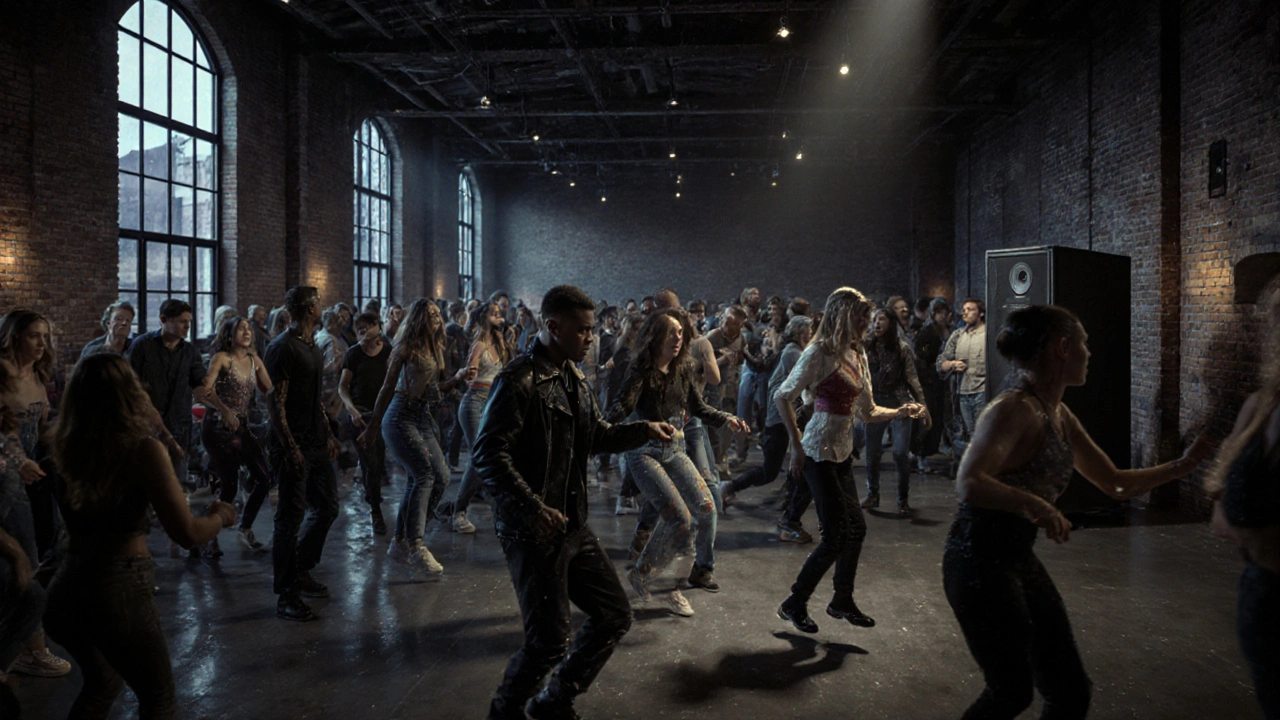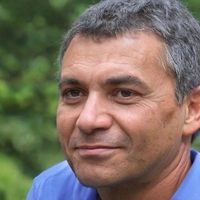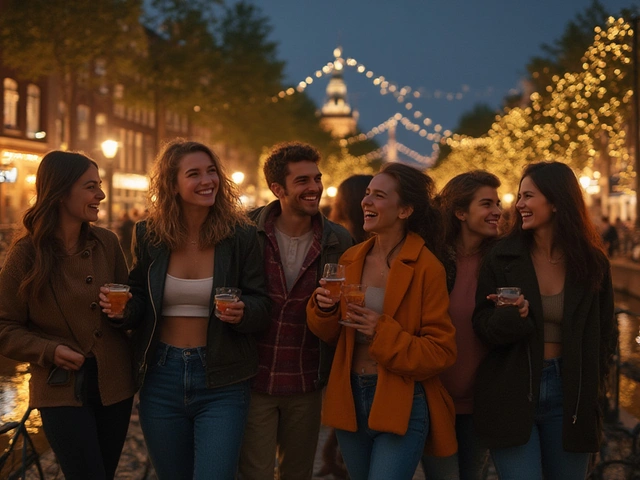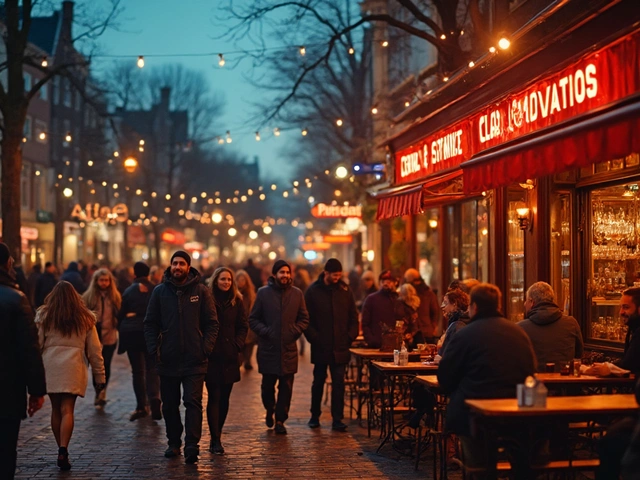Dance the Night Away: Amsterdam Clubs That Deliver
In Amsterdam, the night doesn’t end when the sun goes down-it just gets louder. While the canals reflect the golden glow of evening lights, the real magic happens behind unmarked doors, down narrow alleys, and inside warehouses that transform into temples of bass and beat. This isn’t just about drinking and dancing. It’s about finding your rhythm in a city where music isn’t entertainment-it’s identity.
De School: Where the Underground Lives
De School isn’t just a club. It’s a cultural institution. Housed in a former school building in the Oost district, it opened in 2021 after years of planning by local DJs and producers who wanted a space that prioritized sound quality over flashy lights. The main room has a Funktion-One system imported from Germany, calibrated to deliver deep, clean bass that you feel in your chest before you hear it. No VIP sections. No bottle service. Just a crowd of locals, expats, and music lovers packed shoulder-to-shoulder, moving as one.
Thursday nights are for techno purists. Friday and Saturday bring a mix of house, disco, and experimental electronic. The bar serves only Dutch craft beer and organic cocktails-no Red Bull, no energy drinks. The dress code? Whatever you’re comfortable in. Jeans, leather, glitter, or sneakers. No one cares. What matters is the energy.
Trojan: The Last of the Old-School Warehouses
Down by the IJ river, past the A’DAM Tower, you’ll find Trojan. It’s not on Instagram. It doesn’t have a website. You find it by word of mouth-or by following the bassline drifting across the water. This is a warehouse turned club, open only on weekends, with no official opening hours. Doors open when the DJ arrives. Sometimes 11 PM. Sometimes 2 AM.
The crowd here is mixed: students from UvA, older techno heads who’ve been coming since the 90s, and tourists who stumbled in after hearing the music from the ferry. The sound system? A custom-built setup by local engineer René van der Veen. The lighting? A single strobe and a few hanging lamps. The vibe? Raw, real, and unapologetic. They don’t play Top 40. They don’t chase trends. They play what moves the floor.
Paradiso: When Music Meets History
Paradiso isn’t a club. It’s a church. A former 19th-century Protestant church turned music venue in the heart of the Jordaan. It’s where Hendrix played in 1967, where David Bowie recorded live tracks, and where local Dutch acts like The Golden Earring and Anouk still sell out nights. The acoustics are legendary-the stone walls, high ceilings, and wooden pews create a natural reverb that no modern sound system can replicate.
On Friday nights, Paradiso hosts electronic nights under the name ‘Paradiso Electronica.’ The crowd is older than De School’s, but no less passionate. You’ll see couples in their 50s dancing to deep house, teenagers headbanging to ambient techno, and tourists with cameras trying-and failing-to capture the magic. The bar serves Amstel Light, Jopen beer, and stroopwafels on the side. It’s a perfect blend of old Amsterdam and new energy.
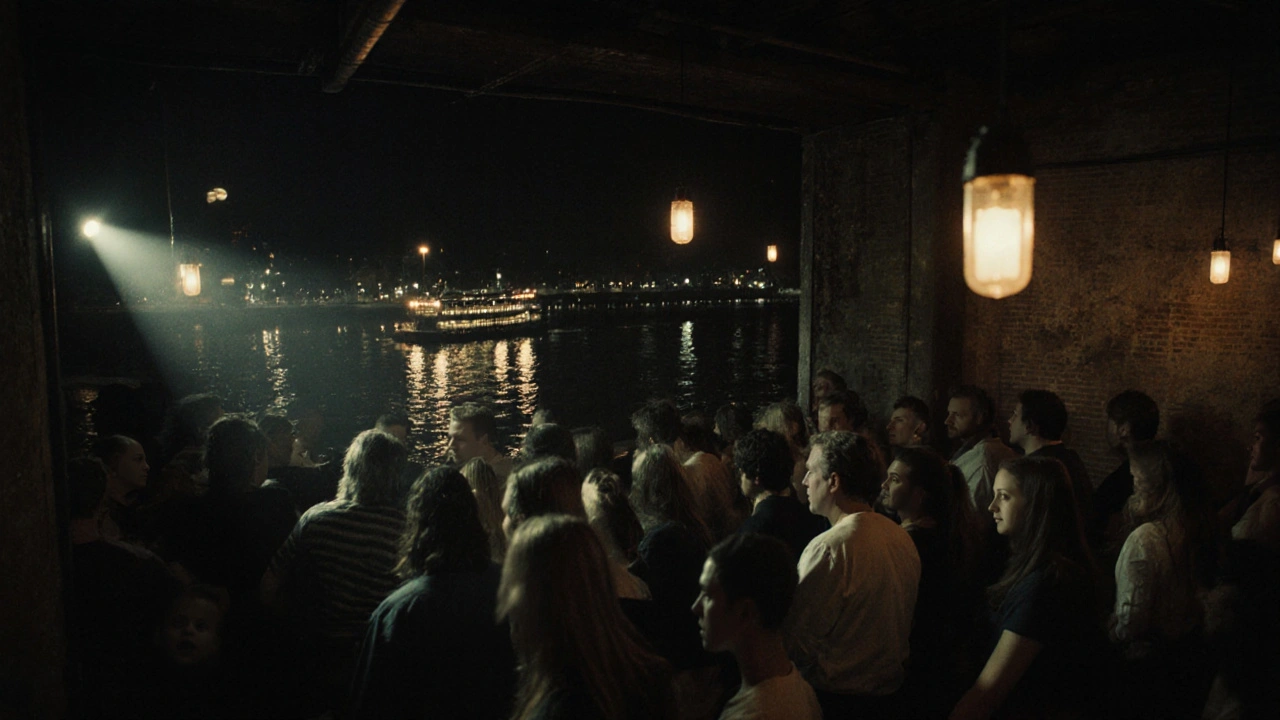
De Marktkantine: The Market Hall Party
Located inside the iconic De Marktkantine in the Nieuw-West district, this is where Amsterdam’s younger generation goes after work. It’s not a fancy club. It’s a converted food hall with a DJ booth in the middle, surrounded by stalls selling Indonesian rijsttafel, Surinamese roti, and Dutch bitterballen. The music? A mix of Afrobeats, Dutch rap, and garage house. It’s loud, messy, and alive.
On Thursday nights, ‘Market Groove’ brings in local DJs from the Amsterdam School of Music. The crowd is diverse: students from the Hogeschool van Amsterdam, nurses from the AMC, and expats from Kenya, Nigeria, and Brazil. You’ll hear Dutch, English, Papiamento, and Arabic spoken over the music. It’s not about exclusivity. It’s about community. And the best part? Entry is free until midnight.
Westerpark: The Outdoor Secret
Every summer, Westerpark becomes the heart of Amsterdam’s open-air scene. The ‘Westerpark Festival’ isn’t a branded event. It’s a loose collection of pop-up parties organized by local collectives like ‘Bassline’ and ‘Soundwave.’ You’ll find tents with DJs spinning vinyl, food trucks serving stroopwafel ice cream, and hammocks strung between trees for those who need a break.
On warm August nights, the bass from the main stage carries all the way to the canal near the Westerkerk. Locals bring blankets, friends, and sometimes their dogs. It’s the only place in Amsterdam where you can dance barefoot on grass while watching the sunset over the city skyline. No bouncers. No ID checks. Just music, sky, and the smell of grilled corn.
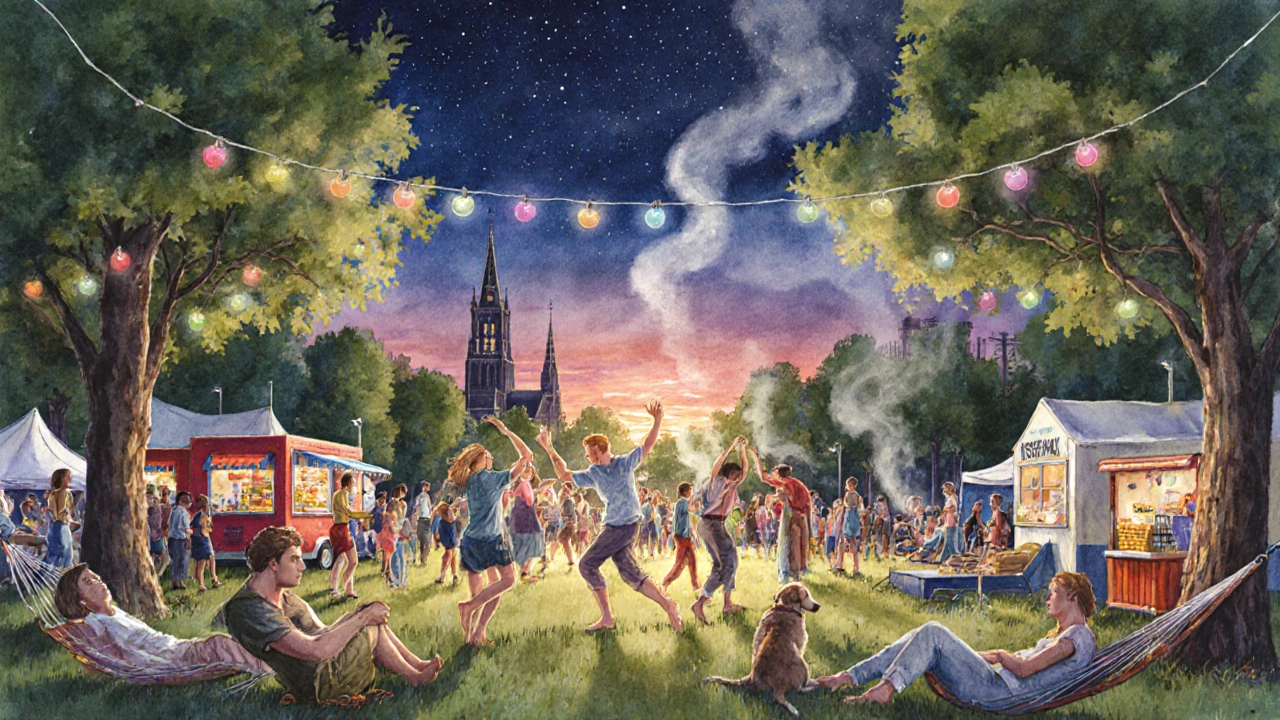
What to Know Before You Go
Amsterdam’s nightlife isn’t like London, Berlin, or Ibiza. It’s quieter, weirder, and more personal. Here’s what you need to remember:
- Don’t expect 24/7 clubs. Most places close by 3 AM. Some, like Trojan, might go later-but only if the vibe is right.
- Bring cash. Many places still don’t take cards, especially smaller venues like Trojan or pop-ups in Westerpark.
- Leave your ego at the door. No one cares if you’re famous, rich, or dressed in designer. What matters is how you move.
- Public transport runs all night on weekends. The night buses (N80, N81, N82) connect the main areas. The tram stops at 1 AM, but the night buses start at 1:30 AM.
- Respect the space. Amsterdamers value quiet. Don’t yell in the streets after 2 AM. Don’t block the canals. Don’t litter. This isn’t just rules-it’s culture.
Why This Matters
Amsterdam’s clubs aren’t just places to party. They’re the last spaces where people connect without screens, without algorithms, without influencers. Here, music is still a shared language. You don’t need to speak Dutch to dance at De School. You don’t need to know the DJ’s name to feel the beat at Trojan. You just need to show up.
These venues survived because they refused to become tourist traps. They didn’t chase viral moments. They stayed true to the rhythm of the city-quiet during the day, alive at night, and always, always real.
So if you’re looking for a night that feels like it belongs to you-not a brand, not a trend, not a filter-then Amsterdam’s clubs are waiting. Just follow the bass. Don’t look for the sign. Listen for the silence before the drop.
Wat is de beste tijd om naar Amsterdam clubs te gaan?
Weekendavonden, vooral vrijdag en zaterdag, zijn de drukste en meest levendige. Donderdagavonden zijn perfect voor een rustiger start met lokale DJs en minder mensen. De meeste clubs openen tussen 22:00 en 23:00, maar sommige, zoals Trojan, beginnen pas om 02:00. Als je echte authenticiteit zoekt, kom na middernacht.
Moet ik een ticket kopen voor Amsterdam clubs?
Voor grote locaties als Paradiso of De School is een voorverkochte ticket vaak nodig, vooral als er een bekende DJ speelt. Voor kleinere plekken zoals De Marktkantine of pop-ups in Westerpark is vaak geen ticket nodig, en soms is de toegang gratis tot middernacht. Check altijd de Instagram-pagina van de club-de meeste geven updates daar.
Is het veilig om alleen naar clubs in Amsterdam te gaan?
Ja, Amsterdam is een van de veiligste steden ter wereld voor nachtleven. De politie is aanwezig, maar discreet. De meeste clubs hebben eigen beveiliging die professioneel en vriendelijk werkt. Let wel op: vermijd de plekken rond het Red Light District na 02:00 als je alleen bent. Kies voor gebieden als De Pijp, Oost, of Jordaan-die zijn rustiger en populairder bij locals.
Wat moet ik dragen naar Amsterdam clubs?
Er is geen strikte dresscode, behalve bij een paar luxe locaties zoals De School, waar je geen sportkleding of flip-flops wilt dragen. Jeans, een mooi topje, of een casual jurk werkt overal. De meeste mensen dragen wat ze comfortabel vinden. Het gaat niet om hoe je kijkt, maar hoe je dans. Laat je niet beïnvloeden door Instagram-stijlen-Amsterdam houdt van authenticiteit.
Waar kan ik een goede drank krijgen in Amsterdam clubs?
De meeste clubs serveren lokale bieren zoals Jopen, Oedipus, of De Molen. Cocktails zijn vaak gemaakt met Nederlandse gin, likeur, of kruiden. Vermijd de clubs die alleen Red Bull en energy drinks aanbieden-die zijn vaak gericht op toeristen. Bij De Marktkantine en Westerpark kun je ook lokale snacks proeven, zoals bitterballen of poffertjes. Drink water. Het is gratis bij de meeste plekken.

